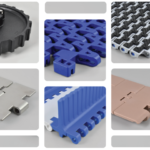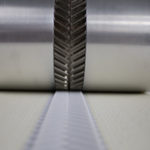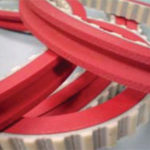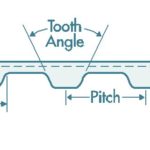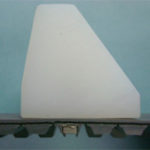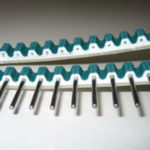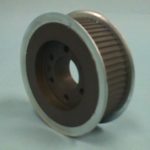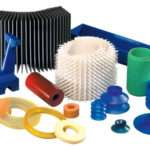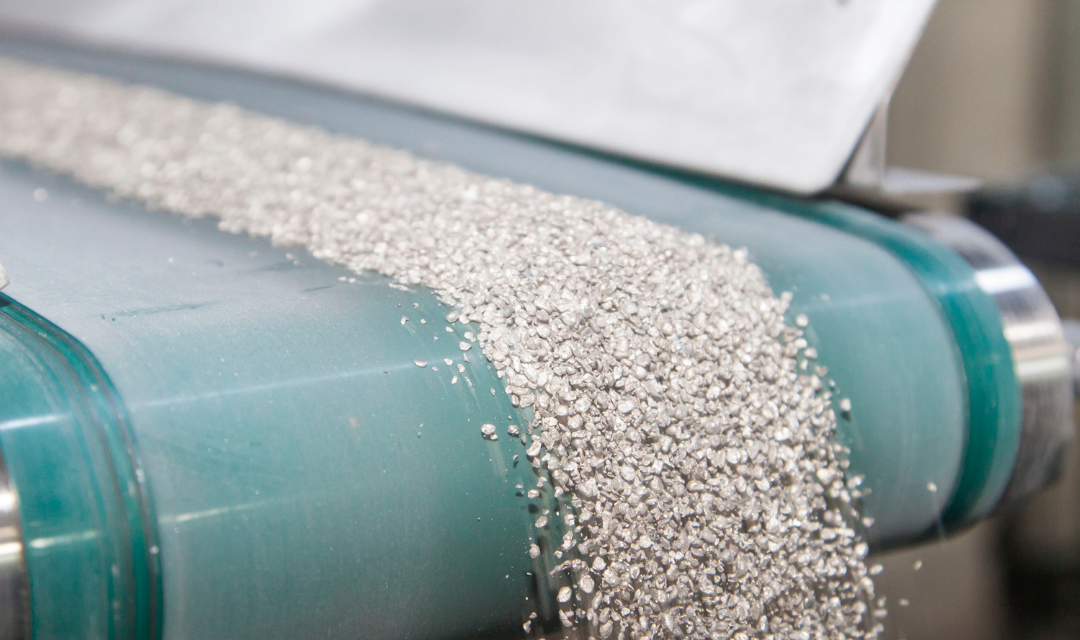
Understanding the Types of Conveyors?
Here is a breakdown of the different types of conveyors.
According to The Scientific Pub:
“Conveyors are used to transfer materials from one point to another in a fixed path. They come in various sizes and configurations. Among the many types available today are the tabletop chain conveyor system and the chute conveyor. If you are unsure of what type of conveyor to get for your business, this guide can help you.
“But before learning the different types of industrial conveyors, you should know why they are essential in business operations:
- “They move materials or products from Point A to Point B in a fixed path, reducing manual workload and time required
- “They transport materials that are otherwise too big or too heavy to carry manually
- “They move a product while it is being worked on by humans or other machines
- “They store products between processes or during the final step
- “They eliminate dangers to humans and other machines associated with constant movement
Types of Conveyors
“To know what kind of conveyor is most suitable to your process, here are the different types of conveyors that are available on the market today:
- Belt Conveyors
“Perhaps the most familiar out of all the conveyors, a belt conveyor is used to move light to medium-weight materials from one point to another. A belt conveyor can come in different forms:
- “Flat Belt Conveyor. Used to transport material between departments, levels, buildings, etc, or when an incline or decline is needed.
- “Magnetic Belt Conveyor. This conveyor transports metals and other materials using a magnetic slider bed and a steel belt.
- “Troughed Belt Conveyor. The belt conforms to the shape of the rollers underneath; mainly used to transport items in bulk.
2. Chain Conveyors
“One of the main functions of a conveyor is to transport material that is too heavy to carry by hand. With a chain conveyor, heavy items can be carried without damaging the machine. This type of conveyor is designed to be heavy-duty and move at slow speeds, so that product transport is made safe for both workers and surrounding machines.
3. Chute Conveyors
“Another common type of industrial conveyor is a chute conveyor. This conveyor is used to transfer items between levels and link two handling devices, making them the best option for shipping areas and similar processes.
4. Roller Conveyor
“Roller conveyors are used to transfer materials that have a rigid surface. There are two types of roller conveyors, namely:
- “Gravity Roller Conveyor. Positioned at a slope so gravity can transport materials to their endpoint. Used for heavy items.
- “Powered Roller Conveyor. Also called a live roller conveyor, this machine is used for accumulation or merging of loads using a belt or chain.
“These are just four of the common types of industrial conveyors that are available today. There are other conveyor types that vary in size, model, and function. Work with a reputable supplier to learn which type of conveyor system is best for your business. They can also provide maintenance services whenever you need them to keep your machines running smoothly and efficiently.”
